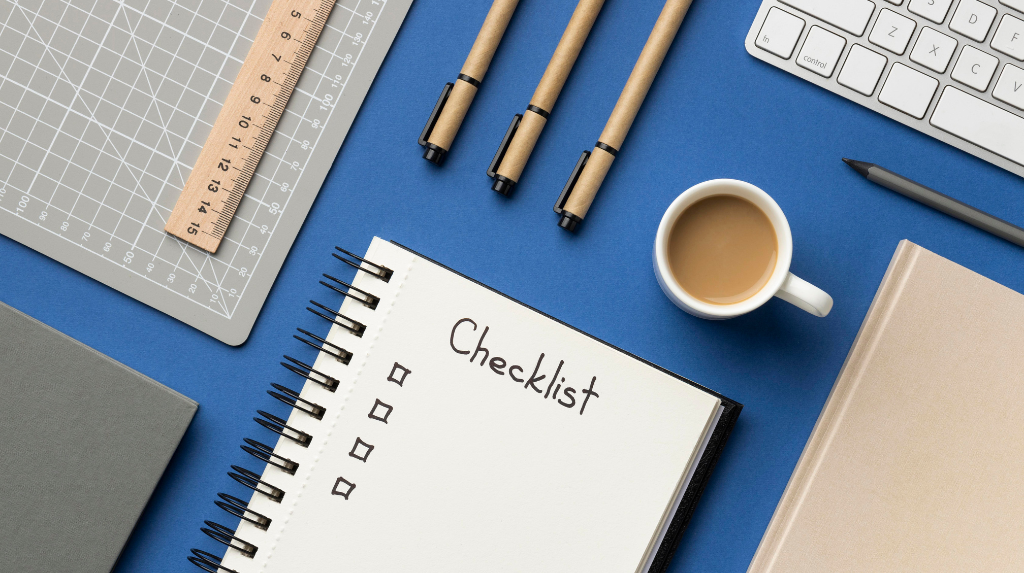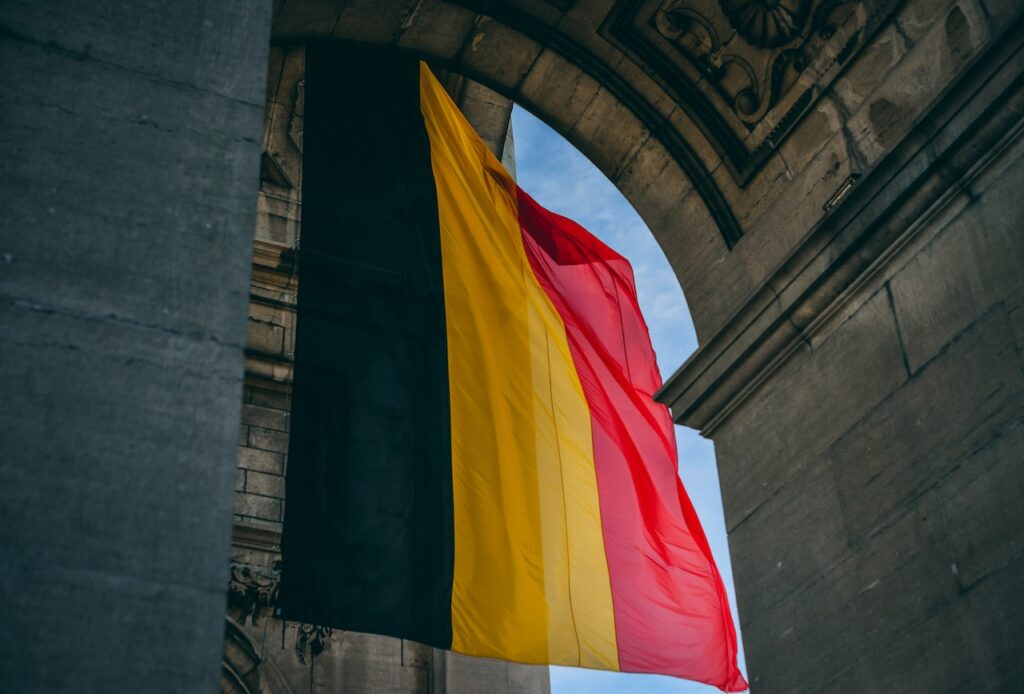Receiving a visa refusal can be a disappointing and frustrating experience for anyone planning to travel or immigrate to another country. However, a refusal does not necessarily mean the end of your visa journey. Many individuals wonder how long they have to wait before they can reapply for a visa after facing a refusal. In this article, we will discuss the process of reapplication, factors influencing the waiting period, and provide useful insights for a successful visa reapplication.
Understanding Visa Refusal
Visa refusals occur when the immigration authorities determine that an applicant does not meet the necessary requirements for the visa. Each country has its own set of immigration policies and guidelines that applicants must adhere to. Understanding the reasons behind visa refusals is crucial in preparing a strong reapplication.
Reasons for Visa Refusal
Visa refusals can happen for various reasons, including:
- Incomplete or inaccurate application forms: Providing incorrect or incomplete information can lead to a visa refusal. It is important to fill out the application forms accurately and ensure that all required documents are submitted.
- Insufficient financial resources: Many visa applications require proof of sufficient funds to cover travel expenses and support oneself during the stay. If the immigration authorities find that the applicant does not have enough financial resources, they may refuse the visa.
- Failure to meet eligibility criteria: Each visa category has specific eligibility criteria that applicants must meet. Failure to meet these criteria can result in a visa refusal.
- Lack of proper documentation: Submitting incomplete or incorrect supporting documents can lead to a visa refusal. It is essential to carefully review the documentation requirements and provide all necessary documents.
- Past immigration violations: Previous immigration violations or a history of overstaying in a country can negatively impact future visa applications and result in a refusal.
Reapplication Process
After facing a visa refusal, it is crucial to carefully assess the reasons for the refusal and address any deficiencies in your application. Here are some steps to consider during the reapplication process:
- Review the refusal letter: Carefully read the refusal letter to understand the specific reasons for the refusal. This will help you identify the areas that need improvement.
- Gather additional evidence: If the refusal was due to insufficient documentation or proof, gather additional evidence to support your application. This may include financial statements, employment letters, travel itineraries, or any other relevant documents.
- Seek professional advice: If you are unsure about the reapplication process or need assistance, consider consulting an immigration lawyer or a visa consultant who can provide guidance and support.
- Make necessary improvements: Based on the reasons for the refusal, make the necessary improvements to your application. Pay attention to the details and ensure that all forms are accurately filled out.
- Submit a complete application: Double-check your application to ensure that all required documents are included. Submitting a complete and well-prepared application increases the chances of a successful reapplication.
Factors Affecting the Waiting Period
The waiting period before reapplying for a visa can vary depending on several factors, such as:
- Country-specific policies: Each country has its own policies regarding visa refusals and reapplications. It is important to familiarise yourself with these policies to understand the waiting period.
- Severity of the refusal reason: The severity of the refusal reason can impact the waiting period. If the refusal was due to minor documentation issues, the waiting period may be shorter compared to more significant concerns.
- Prescribed timeframes: In some cases, the refusal notice may mention a specific timeframe that you must wait before reapplying. It is crucial to adhere to these prescribed timeframes.
- Complexity of the case: If your case requires additional review or investigation, the waiting period may be longer. Cases involving security checks, sensitive professions, or certain visa categories may require more time for assessment.
How Long Should You Wait?
The waiting period for reapplying for a visa after refusal can vary from a few weeks to several months. In some cases, the prescribed waiting period may be mentioned in the refusal notice. It is essential to follow the instructions provided by the immigration authorities and wait until the specified timeframe has passed before submitting a new application. Rushing into a reapplication without addressing the reasons for the initial refusal may lead to another refusal.
Tips for Successful Reapplication
Here are some tips to improve your chances of a successful visa reapplication:
- Understand the refusal reasons: Thoroughly analyse the refusal reasons and make the necessary improvements in your reapplication.
- Provide additional evidence: If the refusal was due to lack of sufficient documentation, gather additional evidence to support your application.
- Seek professional assistance: Consider seeking professional assistance from an immigration lawyer or visa consultant who can guide you through the reapplication process and provide valuable insights.
- Be thorough and accurate: Pay attention to detail and ensure that all forms are accurately filled out. Review your application multiple times before submission to avoid any errors or omissions.
- Address concerns proactively: If there were specific concerns raised in the refusal notice, address them proactively in your reapplication. Provide a detailed explanation or additional evidence to alleviate those concerns.
In Conclusion, Receiving a visa refusal can be discouraging, but it is important to approach the reapplication process with determination and a strategic mindset. Understanding the reasons for the refusal, addressing any deficiencies in your application, and following the prescribed waiting period can significantly improve your chances of a successful visa reapplication. By carefully reviewing your application, seeking professional guidance if needed, and providing the necessary evidence, you can increase your chances of obtaining the desired visa.
Frequently Asked Questions
What is the typical waiting period after a visa refusal?
The waiting period varies but is typically between 6 months to a year, depending on the type of visa and the grounds for refusal.
How can I improve my visa application after a refusal?
Analyse the refusal letter, seek expert advice, and address weaknesses in documentation and intent.
Do success stories of reapplications provide practical insights?
Absolutely. Learning from real-life success stories can offer valuable lessons and strategies for a successful reapplication.
Is seeking professional assistance necessary for a visa reapplication?
While not mandatory, immigration consultants can provide expertise, increasing the chances of a successful outcome.
How can I cope with the emotional impact of a visa refusal?
Focus on personal growth, stay positive, and consider seeking emotional support from friends, family, or professionals.
Do you need support with your Belgian visa application?
Contact our team of skilled immigration lawyers to discuss your visa and immigration needs.
Call us on +234 812 5505 986 or WhatsApp us at +234 818 1547 085 for immediate assistance with your situation. We are available to assist you in person, over the phone, or online.





